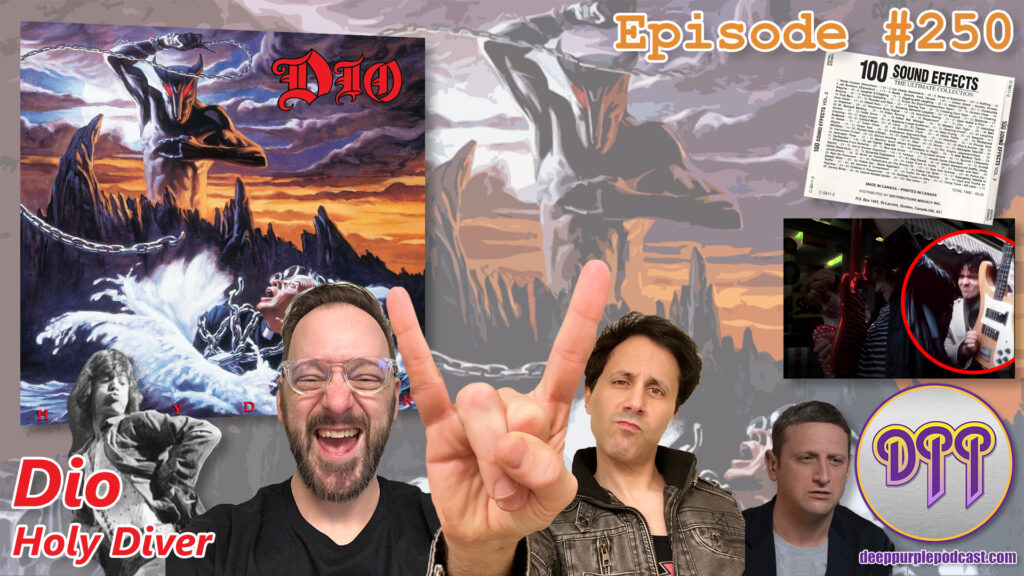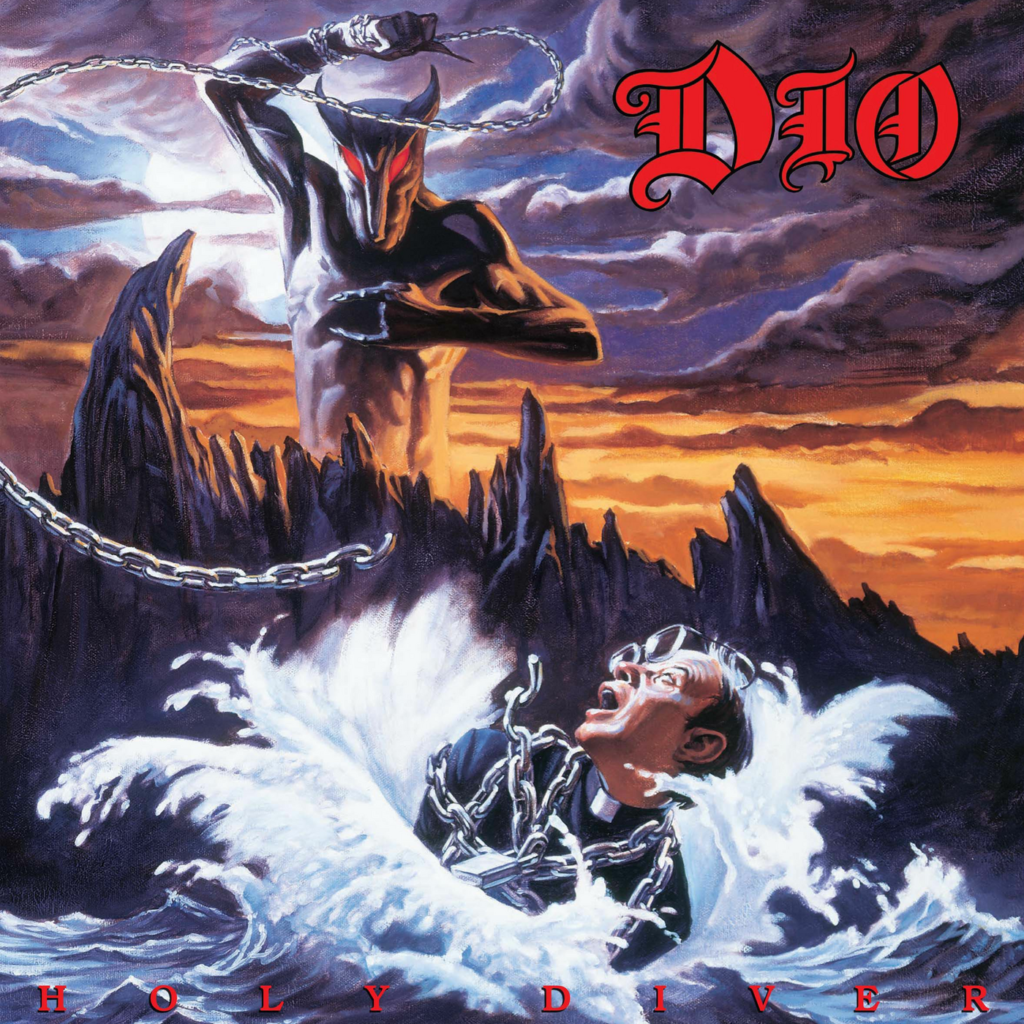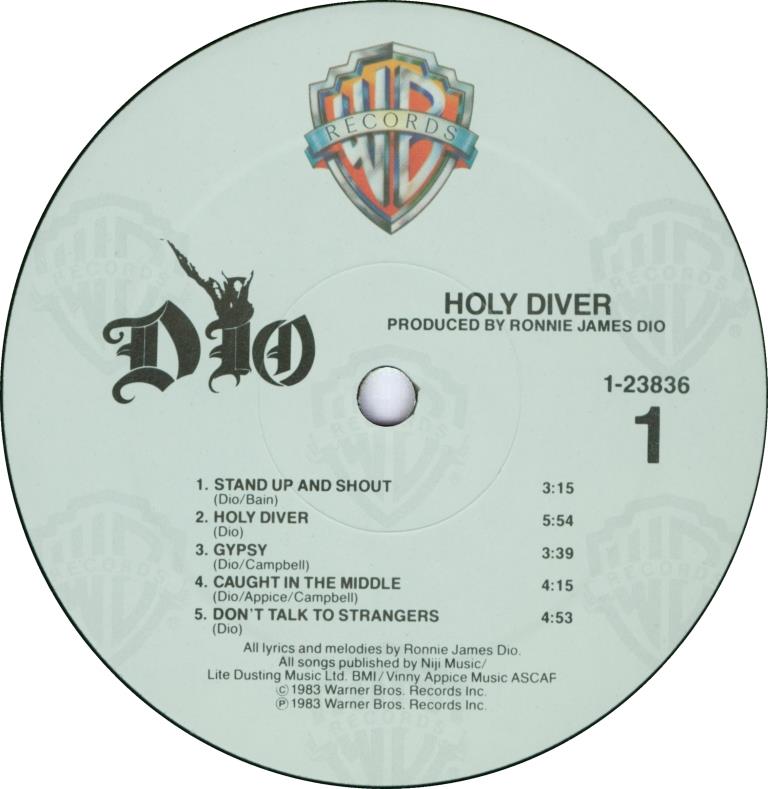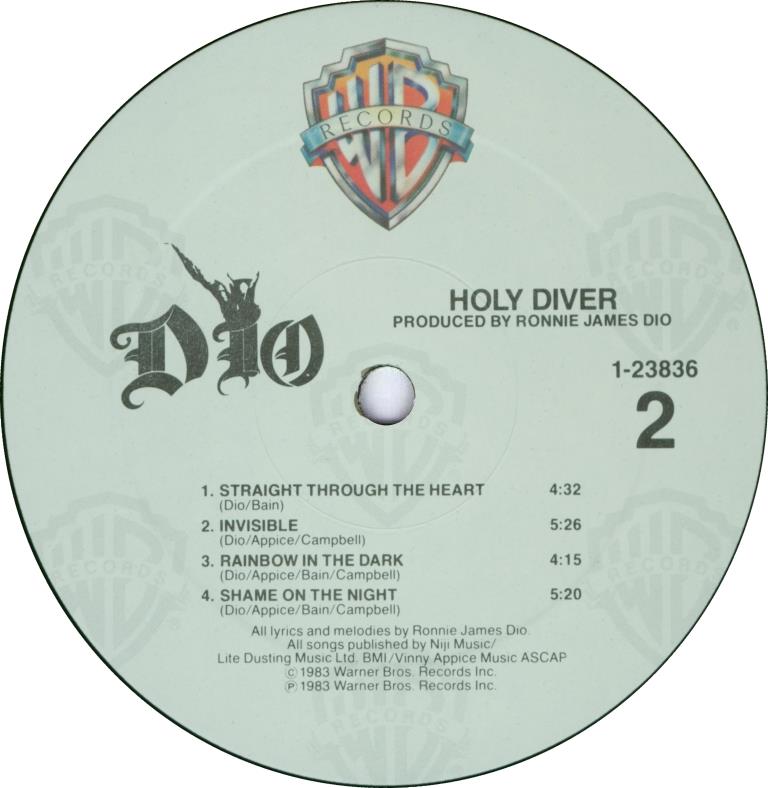
Subscribe at Apple Podcasts, Spotify, Google Podcasts, Overcast, Pocket Casts, Anchor.fm, Breaker, PodBean, RadioPublic, Amazon Music, Pocket Casts, or search in your favorite podcatcher!
How To Support Our Show:
The Deep Purple Podcast is 100% listener supported and ad-free! If you receive value from our show please consider supporting us!
- Leave us a 5-Star Review on Apple Podcasts
- Buy Merch at Our Etsy Store!
- Become a Patron on Patreon
- Donate on Paypal (Donate one time or click “make this a monthly donation” box)
- Donate to $DPPOD Using Cash App
- Support Us on Ko-fi
Brendan Ashbrook – Logo Designer
New Patron/Patron Upgrades:
- Patron Upgrade
- Michael Bagford upgrades to the Turn it up to $11 Tier!
Thanks to Our Executive Level Patrons:
- The “In Memorium” Tier
- Gerald “Jerry” Kelly & Family
- The $25 “Uncommon Man” Tier
- Ovais Naqvi
- Purple Maniac
- The £15 “”Fifteen Squid” Tier
- Alan “Ain’t Too Proud To” Begg
- The £10 “Good Doctor” Tier
- Dr. Mike Kattan
- The Turn it up to $11 Tier
- Clay Wombacher
- Frank Theilgaard-Mortensen
- Mikkel Steen
- Will Porter, PhDPP
- Michael Bagford – PATRON UPGRADE!!!
- $10 “Some One Came” Tier
- Ryan M
- Jeff Breis
- Victor Campos
- “Better Call” Saul Evans
- Peter from Illinois
- The “Hughes-O-Ween by 2033” Tier
- Fielding Fowler
Upcoming Shows:
- Glenn Hughes live at the Arcada in St. Charles, IL – The Pickle Capital of the World!
- https://www.stcmuseum.org/history-news/2017/9/9/pickle-capital-of-the-world
- Playing with Enuff Z’Nuff and Bad Marriage.
- February 10, 2024 (John’s Birthday!) – Doors at 6:30pm
- VIP TBD
- DPP Patrons have claimed all Nate’s tickets for the show!
- Tickets available here
- Vai Satriani Tour!
- http://www.satriani.com/road/
- Chicago Theatre in Chicago, IL
- Tickets for Chicago Show here: https://www.ticketmaster.com/event/07005F6785B91507
- April 18, 2024
Postcards From The Edge . . . OF CONNECTICUT!
- This week coming from south of Connecticut and South of the Border!
Deep Dive Podcast Network:
Check out our website to find other like-minded shows taking deep dives into individual songs, bands, and albums.
Lead up to the Album:
- Dio talks of forming Dio as a band (rather than a solo act) after being released from bands in the past.
- He says that between Rainbow and Black Sabbath he began looking at starting a band with Mark Nauseef, Craig Gruber, and Mickey Lee Soule.
- As Dio put it “after both those boots up the arse” he wanted to start his own band and be the one who decides who he was playing with.
- Martin Popoff talks about the breakup in his book “Born Again: Black Sabbath in the 80s”. Dio says there was a whole incident where the engineer on “Live Evil” was drinking a bottle of Jack Daniels a day but Dio and Appice were accused of going into the studio and turning up the drums and vocals. As an aside, the engineer in question was Lee DeCarlo who was the brother of Yvonne DeCarlo who played Lily Munster in the tv show “The Munsters.”
- Dio: “So of course everyone thought, well Mr. Ego’s done it again, he’s called the band after himself because he controls everything and you know he just hires people and away he goes, but that’s not what happened. At that point that’s when we started the search for the musicians to make the Holy Diver album what it was.”
- Dio claims that Vinny Appice was “unceremoniously booted” from the band along with him so that was the start of forming the band.
- In his autobiography Dio says that the first person they tried out was Jakey Lou Williams who became known as Jake E. Lee. He played in Rough Cutt.
- Dio said that they auditioned a few guys in LA for guitar but after playing with Iommi and Blackmore it was hard to be impressed. He decided he wanted an English player.because “I always just liked the attitude.” He said that in LA everyone was just trying to be Eddie Van Halen.
- Dio talks about turning to Bob Daisley about possibly joining the new band but Bob had just agreed to rejoin Ozzy.
- Vinny and Dio went to a bunch of clubs in the West End of London looking for players.Dio ended up calling Jimmy Bain and seeing if he knew of anyone. Jimmy came to see them with two tapes, one was of John Sykes, the other was of Vivian Campbell.
- Dio said he liked both of them but that there was just something special about what Campbell had. Jimmy ended up coming down to the rehearsal with his bass. Dio wanted to see how it worked out and he said it came together beautifully.
- Ronnie and Vinny were used to LA and said it was easy to convince Jimmy and Vivian to go there to begin writing and rehearsing for the album.
- Ronnie said he wanted to produce this album himself because he’d learned so much working with Martin Birch and Roger Glover.
- Dio says that he wanted the group to be named Dio because he wanted it to be a group rather than a solo project. The label had wanted him to go as “Ronnie James Dio.”
- At this point Wendy officially became Ronnie’s manager. She’s already been managing the band Rough Cutt.
Core Band:
- Bass, Keyboards – Jimmy Bain
- Drums – Vinny Appice
- Guitar – Vivian Campbell
- Vocals, Keyboards, Songwriter – Ronnie James Dio
Technical:
- Engineer – Angelo Arcuri
- Worked with Eddie Money, Black Sabbath. Went on to work with Dokken.,
- Engineer [Assistant] – Ray Leonard
- BAsed in LA, did some work in the early 80s.
- Concept By, Management – Wendy Dio
- Mastered By – George Marino
- Producer – Ronnie James Dio

Album Art & Booklet Review
- Art Direction, Design – Jeri McManus
- http://www.smogdesign.com/
- Has done a ton of albums for Rick Ocasek, Rufus and Chaka Khan, Was (Not Was), Gordon Lightfoot, Apollonia, The Time, Madonna, Don Henley, Pink, etc.
- Art Direction, Design – Simon Levy
- https://www.simonlevywood.com/
- Was on the Virgin design team for a long time
- Did covers for hundred of albums from The B-52s to George Benson,
- Artwork [Rendering] – Gene Hunter
- Only Discogs entry
- Illustration – Randy Berrett
- Didn’t do much else in the music world but went on to work for Pixar
- https://mubi.com/en/cast/randy-berrett
- Dio: “Well, we wanted an album cover that was going to be just what it turned out to be, which was fantasy on the fantasy side, but with a little bit of reality chucked in, which was to most people’s eyes a monster drowning a priest, a priest in chains, which was going to be a little bit controversial, of course. Well, good. But I wanted to do that because I wanted it to be controversial so I could explain to them what this was all about. And when they would say…”
- “Why do you have a monster killing a priest? I could always say, how do you know it’s not a priest killing a monster? And in the day and age that we live in, I think my thoughts were correct. So the whole purpose of all that imagery and being able to say that was, because I wanted to say to people, do not judge this book by its cover. Don’t judge anyone’s life by what you see. You judge them by what’s inside of them. It’s the heart and the soul and the spirit that counts, not what you see. So don’t make those kind of hasty judgments, because that’s always been my philosophy.”
- “So there’s my philosophy on the cover of this album, perhaps. And it was an album cover that most parents wouldn’t let their kids put up as a poster, which I guess worked pretty well. Because kids want to be rebellious, and as soon as the parents say no, there you go. But we didn’t do it for that reason. But it became an offshoot of that kind of artwork, that parents were very fearful of what kind of evil was going to be father-children if they looked at that poster.”
- “Caught in the Middle” shares the main guitar riff with Campbell’s previous band Sweet Savage’s song “Straight Through the Heart” (1983), whose title was used for another song in this album.
Thanks to Our Core Level Patrons:
- The $7.77 KeepItWarmRat Tier
- Michael Vader
- The $6.99 “New Nice Price” Tier
- Spike the Rock Cat
- Sugar T
- The Episode $6.66 Tier
- Steve Coldwell
- Arthur Smith
- Anton Glaving
- Charles Meadows
- The $6.65 “Almost Evil” Tier
- Kenny Wymore
- Richie Sucksmith
- The $6.00 “What’s Goin’ On Here” Tier
- Richard Fusey
- $5.99 The “Nice Price” Tier
- Robert Smith
- Karl Hellberg
- The 60 Kroner “Scandinavian Nights” Tier
- Knut Morten Johansen –
- $5 “Money Lender” Tier
- John Convery
- German Heindl
- Adrian Hernandez
- Jesper Almén
- Oleksiy The Perfect Stranger Slyepukhov
- Kev Roberts
- Percival Frequency
- Scott Zerns
- Cynthia Dube
- Raff Kaff
- Coyote Bongwater
Album Tracks:

Side One:
- Stand Up and Shout (Dio, Bain)
- “Not the most amazing thing, but a strange coincidence is that the very first track on this album, Stand Up and Shout, was the last track written. And that track was written only as the backing track”
- At this point Jimmy was off to Germany to work with Scorpions and Vivian had finished up all his part so Ronnie wrote the lyrics and melody and recorded it.
- Ronnie says that the riff was written by Jimmy but Vivian said it was simjilar to a Sweet Savage riff he’d written. That riff was stolen from Gary Moore.
- Holy Diver (Dio)
- Critics would point out this riff had similarities to Survivor’s “Eye of the Tiger.”
- Gypsy (Dio, Campbell)
- Dio described this song as being done in the style of The Rolling Stones.
- Caught in the Middle (Dio, Appice, Campbell)
- “Caught in the Middle was a song that I wrote actually about Angelo [Arcuri]. Angelo’s life always seemed to be that of one caught in the middle of some kind of turmoil. He would always make decisions that were wrong, and he would always come to me and go, Ron, what am I going to do? I said, Oh, what’s happened, Angelo? Caught in the Middle, are you? Yes. Wow, what a great title that is. I became Caught in the Middle and the song was actually written about Angelo.”
- This song shares the riff with a song from Campbell’s previous band Sweet Savage entitled “Straight Through the Heart.” The title was repurposed for the opening track of side two on Holy Diver.
- Don’t Talk to Strangers (Dio)
- “Don’t Talk to Strangers, again, that was the second song that I had written on my own before finding the band that we were going to use. Wanted something, you know, up tempo. It just became, that song just became a product of my guitar playing. I mean, that’s what it was, you know, not the world’s greatest guitar player, but I think a lot of the things that I’ve written, riffs and songs that I’ve written on my own have been more acceptable because I play like every man. I don’t play like Richie, I don’t play like Tony, I don’t play like Craig, I don’t play like all these guitar players that know how to do it. So what I play, anybody can pick up and do. And that’s always appealed to me, I mean because I think that’s music is for the masses. I don’t want to be Joe Satriani. All I want to do is write a good song, but I think that because my method is that of everyone, that I think it made things a lot more approachable.”

Side Two:
- Straight Through the Heart (Dio, Bain)
- Dio:”The next song on the album, Straight Through the Heart, there are some of these songs on this album that I think reflect my own trauma at the time as well. I mean, as a writer, I think you’re always going to draw upon what’s happened to you, either good or bad experiences, that’s where it comes from. And during the making of this album, I had some personal things that were going on that were… that bothered me quite a bit. And I think some of the songs that are on this album reflect that, one of them being Straight Through the Heart.”
- “The song itself is, here it comes again, straight through the heart. And the worst pain on the face of the planet when you’re in love with someone or that kind of a thing. So I just use that as an example of something very hurtful. But I think, again, they reflect some of my feelings at the time. Invisible, I just love the idea of what we were going to do to the song. I thought it was a clever title. It was written about three different people: a gay man, a gay young man, an abused girl, and me. It was a triumvirate for you, wasn’t it? Anyway, I wanted to write these songs from the standpoint of someone who had been injured more psychologically.”
- “And that happened in the case of the young girl and the gay boy. They were always being put upon and kicked and shoved around for not being what people expect them to be. And then included myself in the last part of it, only because I’ve spent all my life on a stage and a lot of trauma involved and a lot of that stuff, too. I thought I deserved to be in that because of what most musicians have had to go through in their lives.”
- Ronnie says that Jimmy had this riff leftover from his band Wild Horses
- Invisible (Dio, Campbell)
- Dio: “But the whole answer to it was, you can just become invisible. You can escape those kind of things, because you have a mind that’ll let you do that. And I don’t mean escape them forever, but when people do that to you, why do you want to stand there and have the arrows and the stones being thrown at you? Just become invisible. You never see me. So I really, really liked what the attitude of the song was. Again, played really well, just really, really well. Everything on this album was played so well by Jimmy and Viv and Vin.”
- Ronnie says that the band wrote the riff for Invisible and they recorded it. They had all smoked some very strong pot and the soundman put the tape in backwards. He said they were all laughing but Ronnie told him not to stop it because he liked the way it sounded. They all ended up learning the riff backwards so what you hear is the riff and then the same riff backwards.
- Rainbow in the Dark (Dio, Appice, Bain, Campbell)
- We have Rainbow in the Dark. It’s a song that I really disliked. And when it was finished, I announced to everyone that I was going to take a razor blade and just cut the tape up. So I went for the razor blade and I went, no, no.
- Don’t, don’t. I said, well, I don’t like it. It’s too poppy for me. To me, for me, it was too poppy for this album. I didn’t want to create a piece of pop because it came from a different space. It came from Black Sabbath already, you know, a band that allowed me to do anything that I wanted to, as dark as I wanted to do it. So I didn’t want those people who had liked what I’d done in Black Sabbath to say, oh, here he goes, now he’s changed, hasn’t he? Now he’s become a pop artist. I didn’t want that to happen. And to me, because of, and only because the rest of the songs weren’t quite as poppy.
- as that. This one really stood out as being a pop kind of thing. And the riff was poppy and the little keyboard-y thing was poppy. But at the end of the day it worked. So they talked me out of it and I didn’t do that. And I thank them over and over and over again for doing it, which doesn’t mean it’s my favorite song. So I mean I still will always have that feeling of that song, that it was too poppy for me. Luckily…
- The bands that have played that song now have all gotten the idea that it needs to be a lot heavier. So it is. So it works. But again, I’m very glad that they talked me out of that. But I disliked it so much that I really wanted to destroy the thing. And I believed in the beginning that song that was Viv’s riff and that it was originally called by Viv, I think it was called, A Bottle of Wine. Well, at least we got a better title out of it than that. But that was Rainbow in the Dark.
- Dio said that Vivian got the idea for the riff from a Sweet Savage song he wrote when he was 16 called “Lady Marion.”
- Ronnie says they had the whole song down in 10 minutes.
- Shame on the Night (Dio, Appice, Bain, Campbell)
- Dio: “And the last song, Shame on the Night, I think again is probably a reflection of how I felt at the time. Night time is the worst time on earth to have problems. Everything during the day seems like life is going to be okay, but as soon as it gets dark and dreary… and the oppression falls on your shoulders, you start thinking too much. There’s not much you can do at four o’clock in the morning, but think four o’clock in the afternoon, I can go out for a ride or take a walk or whatever, but four o’clock in the morning, I don’t think most people should be out at that time, usually get in trouble doing that. So, you know, I think I equated the night at that time with, you know, having bad dreams and bad things going on. And it was, again, I thought, a clever title, personalizing the night, and saying, shame on you.”
- “And riff-wise, it worked as well. So much of this works. If I’m not giving enough credit to the other people in the band, please forgive me, because this was a total package that we put together. This was four of us and not Ronnie. Whatever accolades I’ve gotten from it are probably because I’ve carried on with this band and because I have a long history of doing things. But they did such a great job.”
- Another Bain riff from Wild Horses. Dio suggested the wolf howl at the end.

Thanks To Our Foundation Level Patrons:
- £3.50 “Deep Purple NY” Tier
- Lord Longford
- The £3 “The Aromatic Feed” Tier
- Simon Ford
- Richard Breese
- The $3.33 Half Way to Evil Tier
- Stephen Sharpe
- Duncan Leask
- $3 “Nobody’s Perfect” Tier
- Peter Gardow
- Ian Desrosiers
- Mark Roback
- Stuart McCord
- Flight of the Rat Bat Blue Light
- Øyvind Fjeldbu –
- Runar Simonsen –
- JJ Stannard
- Ruinous Inadequacies
- John Miceli
- Michael Boyette
- Corey Morrissette
- The $1.71 “I Want My Own Tier” Tier
- Rich “Yngwie” Shailor
- The 10 kr “” Tier
- Carsten Lau
- $1 Made Up Name Tier
- The “Lie Down and Spout” Leaky Mausoleum
- Stephen Sommerville The Concerto 1999 Fanatic
- Hank the Tank
- Private Eyes
- Ashen Lionel
- Blackmore’s Tights
- Steve “Down to Earth” Koeller
- Zwopper The Electric Alchemist
- Anders Engstrom
- Ashely { Still I hear, “Burn” } Rose
- I see DC
- Durple Purple
Bustin’ Out The Spreadsheet
Reception and Charts:
- Originally released on 25 May 1983.
- The album was recorded in a little over a month.
- The album was certified gold in the US on September 12, 1984, and platinum on March 21, 1989. It went on to achieve double platinum May 6, 2022.
- In the UK it attained Silver certification (60,000 units sold) by the British Phonographic Industry, achieving this in January 1986, at the same time as The Last in Line.
- In 2017, it was ranked 16th on Rolling Stone’s list of “100 Greatest Metal Albums of All Time”
- In 2005 the album was remastered and re-released by Rock Candy Records.
- In the UK it attained Silver certification (60,000 units sold) by the British Phonographic Industry, achieving this in January 1986, at the same time as The Last in Line.
For Further Information:
- Ronnie James Dio: A biography of a heavy metal Icon by James Curl
- Born Again! Black Sabbath in the Eighties and Nineties by Martin Popoff
- Rainbow in the Dark: The Autobiography by Ronnie James Dio
- https://en.wikipedia.org/wiki/Holy_Diver
- Interviews on the 2015 remastered release
- RONNIE JAMES DIO interview on religion and the Devil 2004 | Raw & Uncut (BANGER TV)
- https://www.loudersound.com/features/dio-story-of-holy-diver
- https://www.riaa.com/gold-platinum/?tab_active=default-award&ar=Dio&ti=Holy+Diver&format=Album&type=#search_section
- Kerrang #39 sent in by Jerry Kelly in 2021.
Extra Thanks To:
- Our late friend and patron Gerald “Jerry” Kelly for submitting Kerrang articles years ago.
Listener Mail/Comments
- Comments about the show? Things you’d like us to cover? We’d love to hear from you. Send us an email at info@deeppurplepodcast.com or @ us on Twitter, Facebook, or Instagram.
